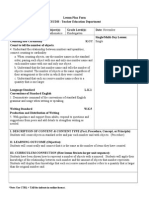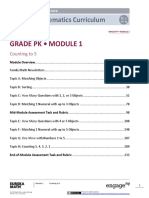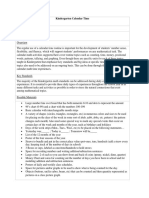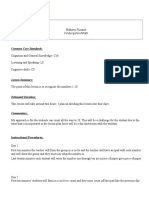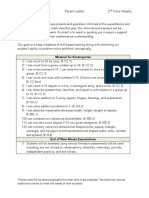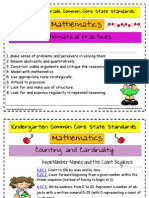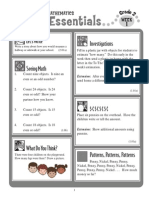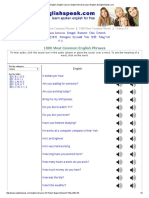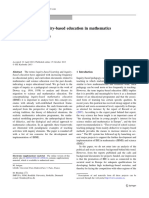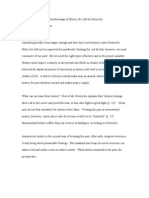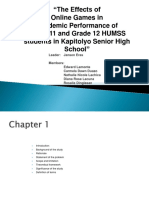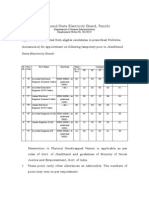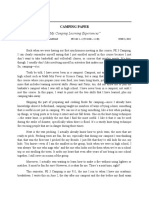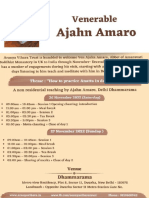0% found this document useful (0 votes)
114 views11 pagesFinal Presentation For lbs-340
The document outlines a series of assessments for kindergarten students to evaluate their understanding of counting and cardinality standards. It includes observations, journals, and performance tasks to assess students' abilities to count objects, use one-to-one correspondence, group objects, and compare quantities as either greater than, less than, or equal to. The assessments are designed to evaluate students' mastery of key counting concepts outlined in the common core standards.
Uploaded by
api-403601345Copyright
© © All Rights Reserved
We take content rights seriously. If you suspect this is your content, claim it here.
Available Formats
Download as PPTX, PDF, TXT or read online on Scribd
0% found this document useful (0 votes)
114 views11 pagesFinal Presentation For lbs-340
The document outlines a series of assessments for kindergarten students to evaluate their understanding of counting and cardinality standards. It includes observations, journals, and performance tasks to assess students' abilities to count objects, use one-to-one correspondence, group objects, and compare quantities as either greater than, less than, or equal to. The assessments are designed to evaluate students' mastery of key counting concepts outlined in the common core standards.
Uploaded by
api-403601345Copyright
© © All Rights Reserved
We take content rights seriously. If you suspect this is your content, claim it here.
Available Formats
Download as PPTX, PDF, TXT or read online on Scribd
/ 11

























